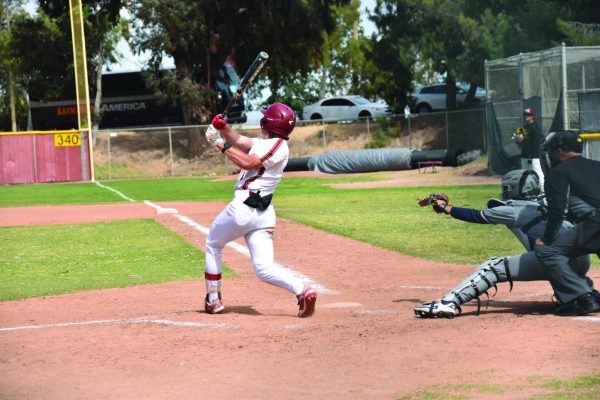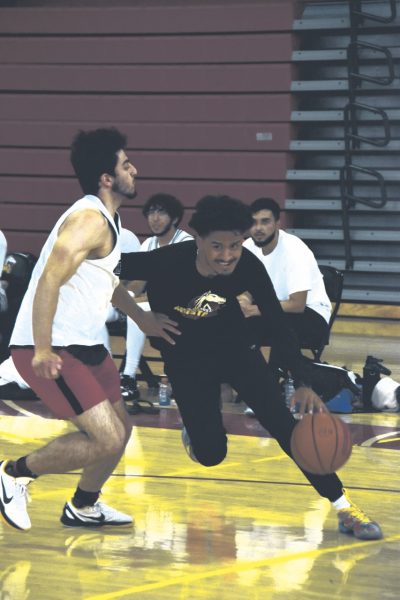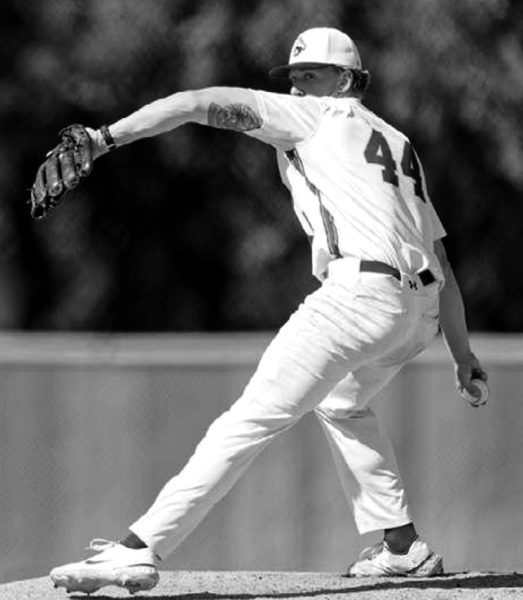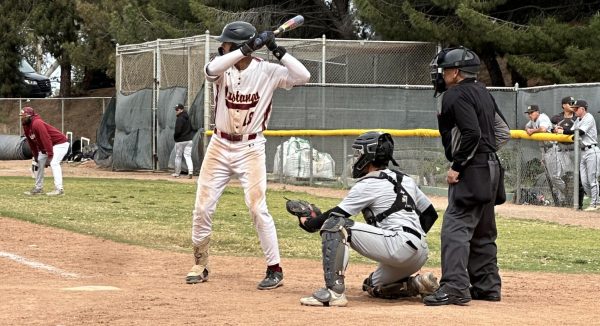Possible MLB rule changes
First it was replay, now it is hard slides, strike zones, designated hitters in both leagues and lowering the mound. Baseball is a game that can never stop evolving if it wants to compete with the NFL for the most popular sport in America.
Maybe it is because fans have liked what they have seen out of replay, but nowadays the average MLB fan is always thinking of ways to help make the game better. At the beginning of the year, talk of having the DH expanded to both the American and the National League ruled baseball chatter.
I did not think this was a bad idea, noting that there’d be a significant increase in hitting in the National League. But a more prominent issue at hand, if commissioner Rob Manfred wants to see the league as a whole become more offensive, is the implementation of electronic or robotic strike zones, or whatever you want to call them.
It has been tried in independent league games and no calls are ever missed. Now, this sounds great, but I for one am not for a robotic element to umpiring, as I think the human element of actual umpires making good calls and bad are part of the game. There is no doubt it would even out the game from hitting to pitching, but I am just not ready to let go of human umpires.
There are steps that can be taken to prolong maybe the inevitable of having electronic strike zones. The first would be to lower the mound. This would not be the most effective way to even out play, but it certainly would not help out pitchers, as they would not have as much leverage to work with.
As long as MLB pitchers have something to push off of however, I think they will find ways to get batters out at a decent clip. That being said, the second item of business would be to get rid of shifts all together. I am a little keener on this idea, as forcing each fielder into a designated bubble when the pitch is delivered would add the element of “hard hit balls find holes,” something that does not always happen in today’s day and age of the shift.
This idea might take awhile to get through to the commissioner’s brain though, as he is just now starting to explore the idea all together. If there were shift rules put into place, it would only force the four infielders to be divided into the two sides of the diamond, according to Manfred.
“Manfred indicated that he wasn’t talking about forcing infielders to maintain set positions; he was thinking more about dividing ‘the number of players who have to be on each side of second base’ –in other words, prohibiting the use of three infielders on the right side”, according to a foxsports.com story.
The number one way though to increase hitting productivity in the big leagues would be to shrink the plate three inches — an inch and a half off of each side. Umpires would really have to stick to the plate and not give balls off that are framed by the catcher well as strikes. This would be the best way to do things without the viewer noticing a big difference with the game.
Another rule that deserves some attention is roster expansion in September and the playoffs. This season, the Colorado Rockies and the Los Angeles Dodgers played a 16-inning game, in which there were 24 pitchers, 58 players used total. This was possible because in September, when the game occurred, teams are allowed to expand their rosters from 25 to 40.
Instead of having 40 players from Sept. on, it needs to be 32. What should happen is teams start with 40 on Opening Day, but by the time April is over, they cut the roster from 40 to 32. This way, teams can see what they have in a young player early in the season.
Who knows, if the rookie proves well, maybe the team keeps him up for the season. At the very least, young guns will get the opportunity to play in games that matter early in the year.
This way, teams avoid having to bench the player at the big league level if they are in the playoffs. They also would not have to worry about what they really have in a player if they put up solid numbers during garbage time at the end of the season if the team is not in the playoff hunt.




